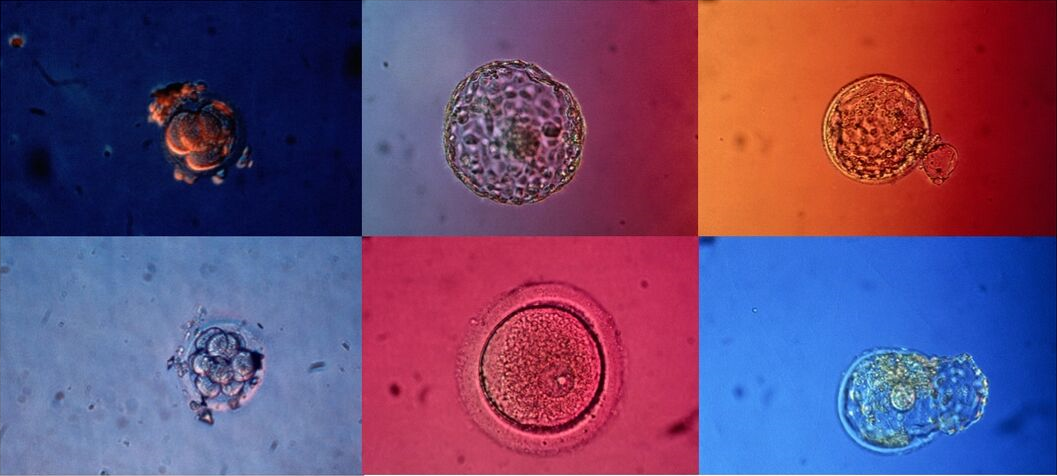At the beginning of this month, I had the pleasure of attending one of the biggest conferences on reproduction, organized by the European Society for Human Reproduction and Embryology (ESHRE). The ESHRE 2018 annual meeting took place in Barcelona, so, needless to say, I was brimming with excitement not only for the tens of presentations I was going to attend, but also for the amazing location (bonus: the venue was a 10 minute walk from one of Barcelona’s amazing beaches). Sun and beaches aside, the conference was interesting, well organized, and impressive in size and breadth. As a sociologist, I have gotten used to smaller conferences, so I was in for quite the treat: ESHRE had a record attendance this year of almost 12,000! It can be easy to get overwhelmed, but I was there with a purpose: to learn more about the current uses of time-lapse and about social aspects of infertility, more generally.
Time-lapse
Without a doubt, the meeting has confirmed that time-lapse is being used for research in many ways, perhaps more than was initially anticipated by anyone. Time-lapse tools allow embryologists and researchers to study the myriad of factors that can potentially influence pregnancy outcomes. Although add-ons have been portrayed as controversial in the UK media (Most still are: see, for example, recent headlines about the endometrial scratch), it seems to me that time-lapse has nonetheless been integrated into research practices. A number of authors have used time-lapse imaging as data that can generate new knowledge about how to pick the best embryo. We can now look at factors such as fragments, vacuoles, and even type of embryo movement, categorize these phenomena and conduct fairly large studies on outcome correlation, as panels at ESHRE have shown. Of note for me was Dr. Cristina Hickman’s presentation on the multiple uses of time-lapse machines in clinics around the world. Interestingly, she stressed how different labs have integrated this technology to different degrees, showing how introducing new ways of looking at embryos (including selection algorithms) is a process that needs significant work on the part of professionals – work that, however, many say is worth doing in the end. Our own work on time-lapse was represented in the digital poster area, where I was delighted to see many scroll through our summary of preliminary findings.
Fertility Awareness and Men
On top of all the fascinating insights into time-lapse and lab practices, ESHRE 2018 also offered food for thought on fertility awareness, gamete donation, health outcomes for ICSI and IVF children, social egg freezing and many other related topics that I unfortunately have no space to list in a blog post. Taking into consideration the panels I attended and the topics that caught the public’s attention, a couple of prominent themes emerged for me. As infertility is an issue that more and more couples face, the need for fertility awareness education is becoming quite pressing. Presenters and commentators alike noted that this type of education should start early. However, quite a few presentations stressed the absence of men from this conversation. I got a sense that health professionals are worried about this and luckily, researchers are starting to have more conversations with men about reproductive timing and infertility. However, the overwhelming sense was that more work needs to be done to get men involved.
Men’s absence was highlighted in another way: women who undergo social freezing overwhelmingly do so because they haven’t found the right partner. Prof. Marcia Inhorn delved into this subject with data from qualitative interviews conducted in the US and Israel. Interestingly, this is one of the main stories that the media picked up. We are now talking more about men’s lack of a sense of urgency when it comes to having kids. This phenomenon, however, might be problematic in light of increasing knowledge that men also undergo a fertility decline as they age.
To add to all the interesting discussions, I was very glad to see social science perspectives represented at the conference and think we need to start building more bridges with the medical community. This is something that RHB aims for in our future endeavours. We also very much look forward to our next ESHRE meeting!

